Chinese burr
Triumfetta rhomboidea, Fam. Sparrmanniaceae prev. Tiliaceae
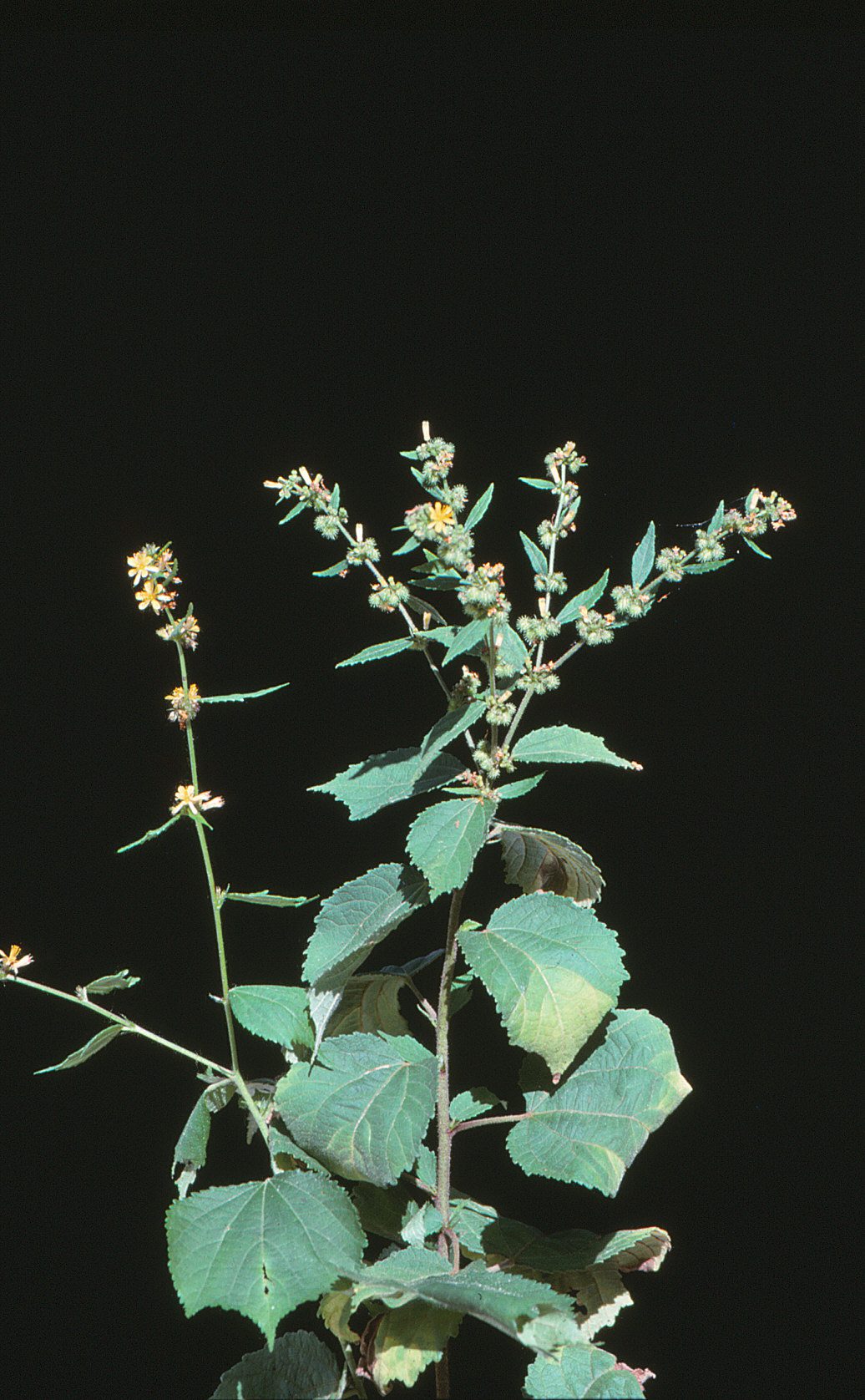
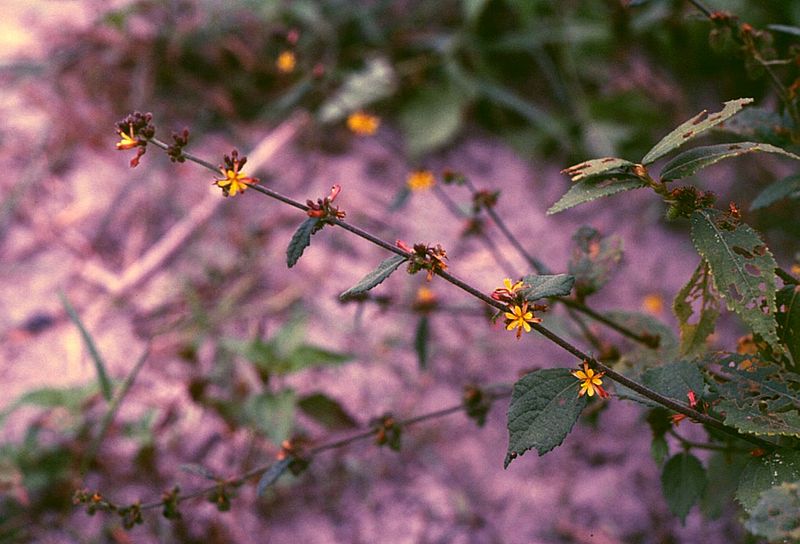
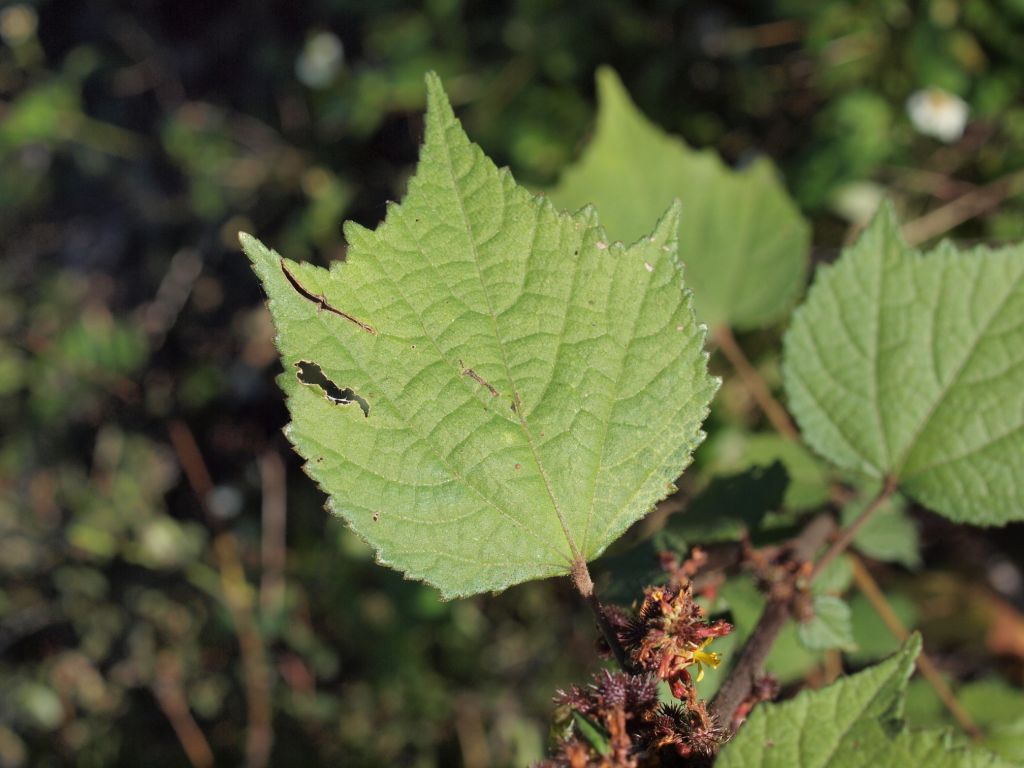
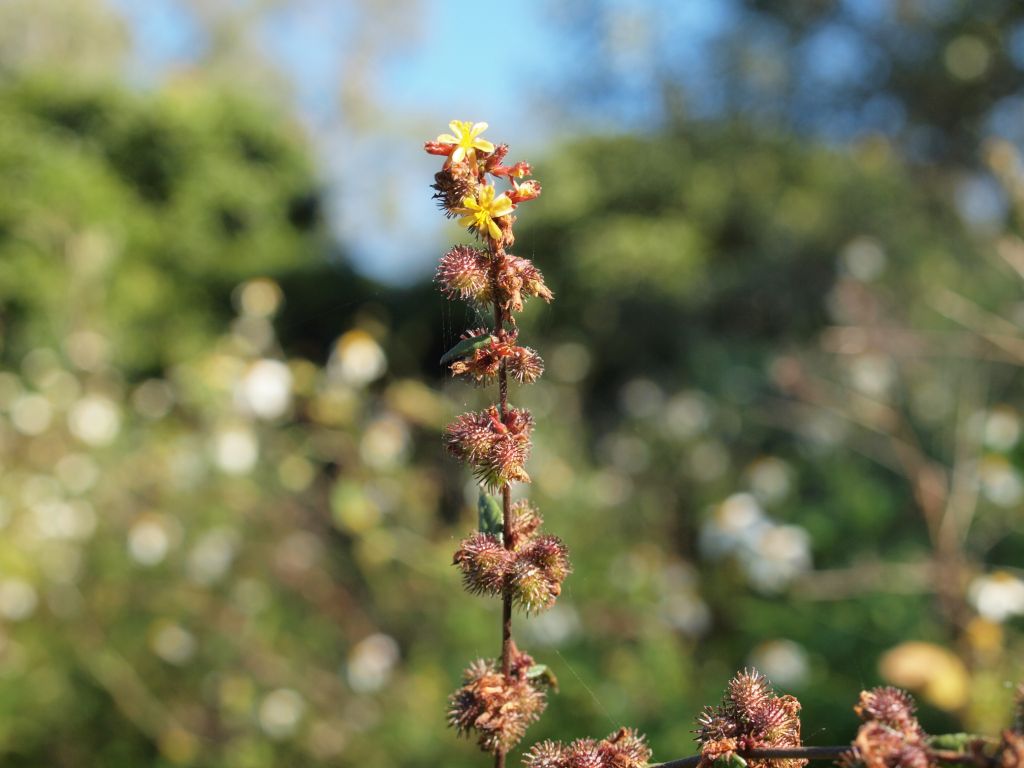
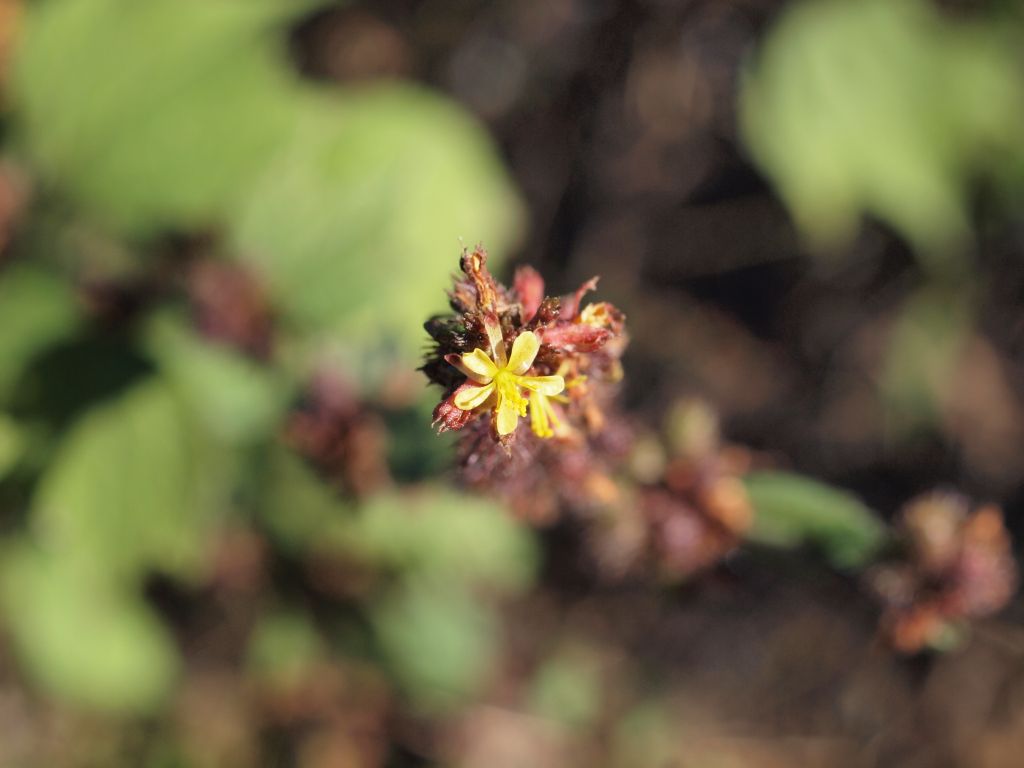





Annual or perennial, branching sub-shrub to 1.5m, covered in a variety of moderately dense, stiff and velvety hairs; stems brown with tough bark.
| Weed Category: |
Other invasive plants Invasive plants that are not prohibited or restricted invasive plants, but are known to spread readily and cause negative impacts, within the region.
|
| Weed: | Yes |
| Form or habit: | Shrub |
| Family: | Sparrmanniaceae prev. Tiliaceae |
| Leaf: | Simple Alternate Simple, alternate, variable in shape and size; unlobed or shallowly 3-lobed, ovate to broadly ovate or rhomboid-ovate, 40-130 x 30-110mm, margins irregularly toothed; both surfaces with mixture of simple and star hairs, lower surface paler than above and more densely hairy. Stipules triangular, 1-6mm long. |
| Flower conspicuous: | Conspicuous |
| Flower colour: |
Yellow |
| Flower description: | Small yellow 5-petalled, 3-6mm long; borne in leaf-opposed 1-3 flowered clusters along upper branches. |
| Fruit conspicuous: | Conspicuous |
| Fruit colour: |
Brown |
| Fruit: | Dry |
| Fruit description: | Brown indehiscent globose hairy burrs with hooked spines, 5-9 x 5-8mm including the 2mm long spines; seeds 1-6, orange or brown and about 3mm long. |
| Habitat: | |
| Distribution | |
| Food source for: | |
| Toxicity: | No toxicity known |
| Origin: | Africa |
| Notes: | Spread by: burrs attach to ‘everything’; floodwaters. Invades/threats: usually disturbed sites in a range of habitats; open forest, creek flats, vine thickets, neglected grazing paddocks and sheltered places along fence lines, banks and occasionally cane fields. Notes: widely naturalised. Seeds can build up in the soil seed bank and germinate in profusion after disturbance. Similar in appearance to the pink flowered urena burr (Urena lobata) that has burrs that break into wedge-shaped segments and the underside of leaves with 1 or more glands on main vein. Environmental weed. |
| Information sources: | Mackay Regional Pest Management Group (2018) Weeds of the Mackay Whitsunday Region Second Edition. |